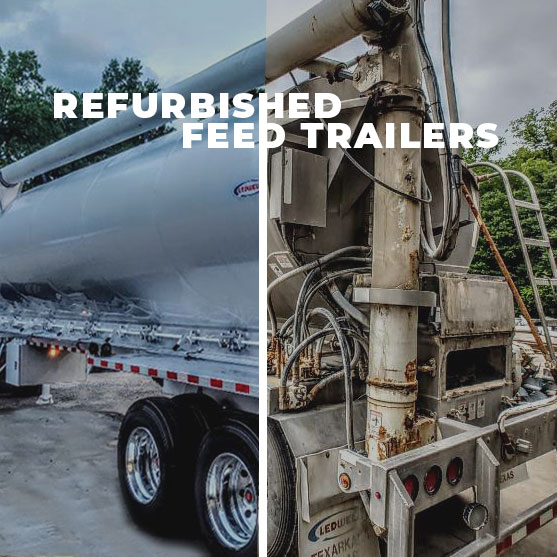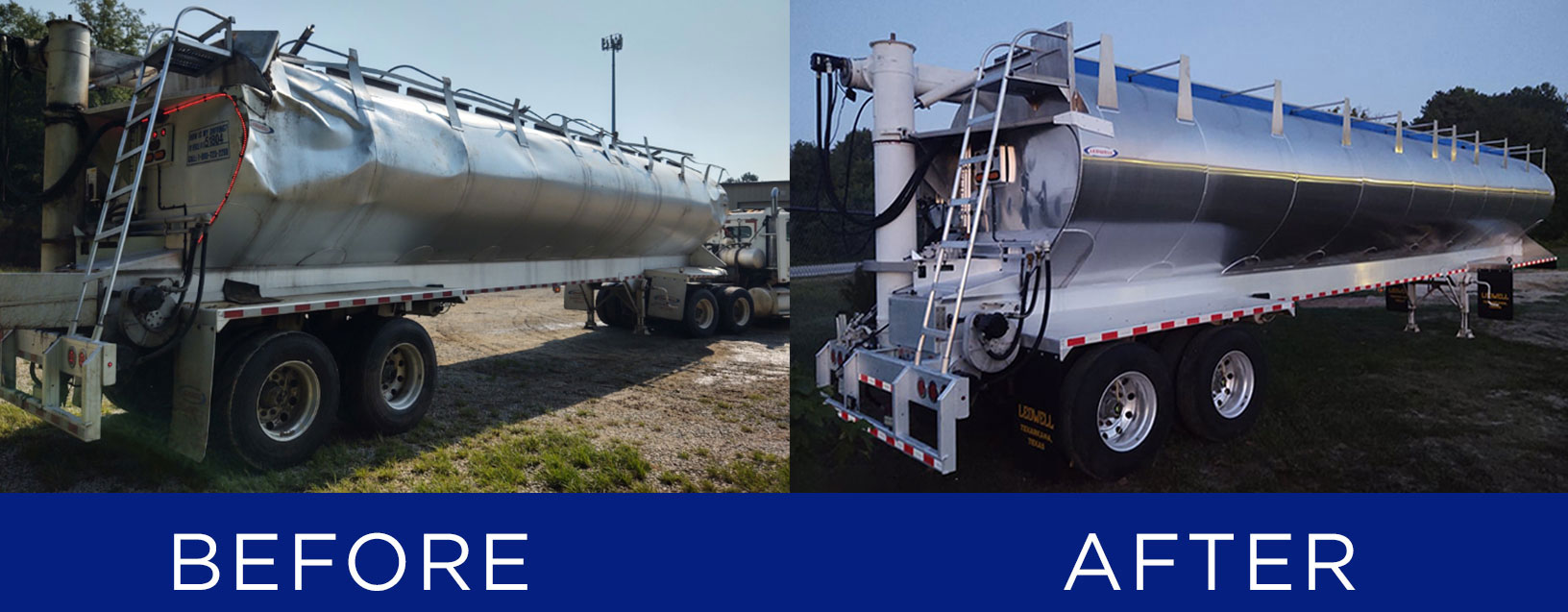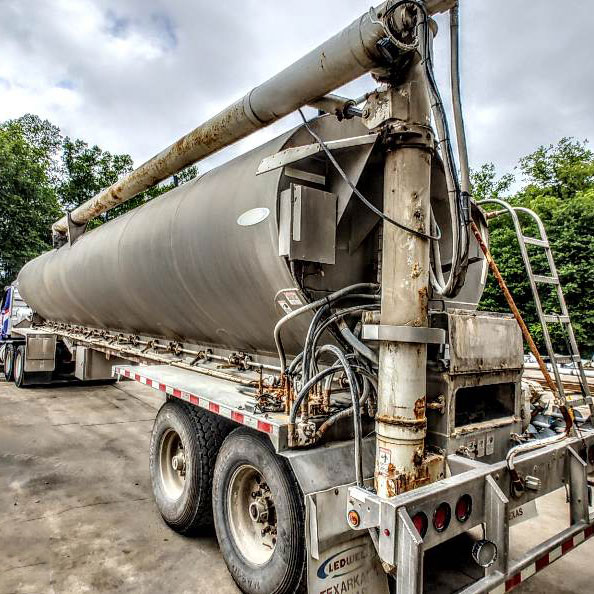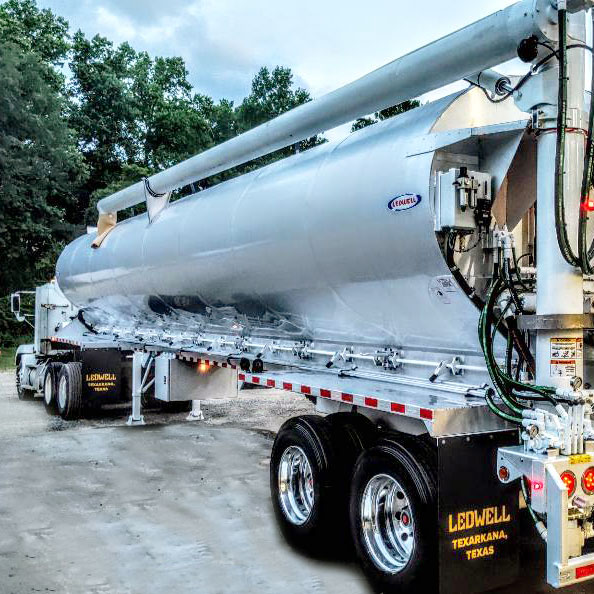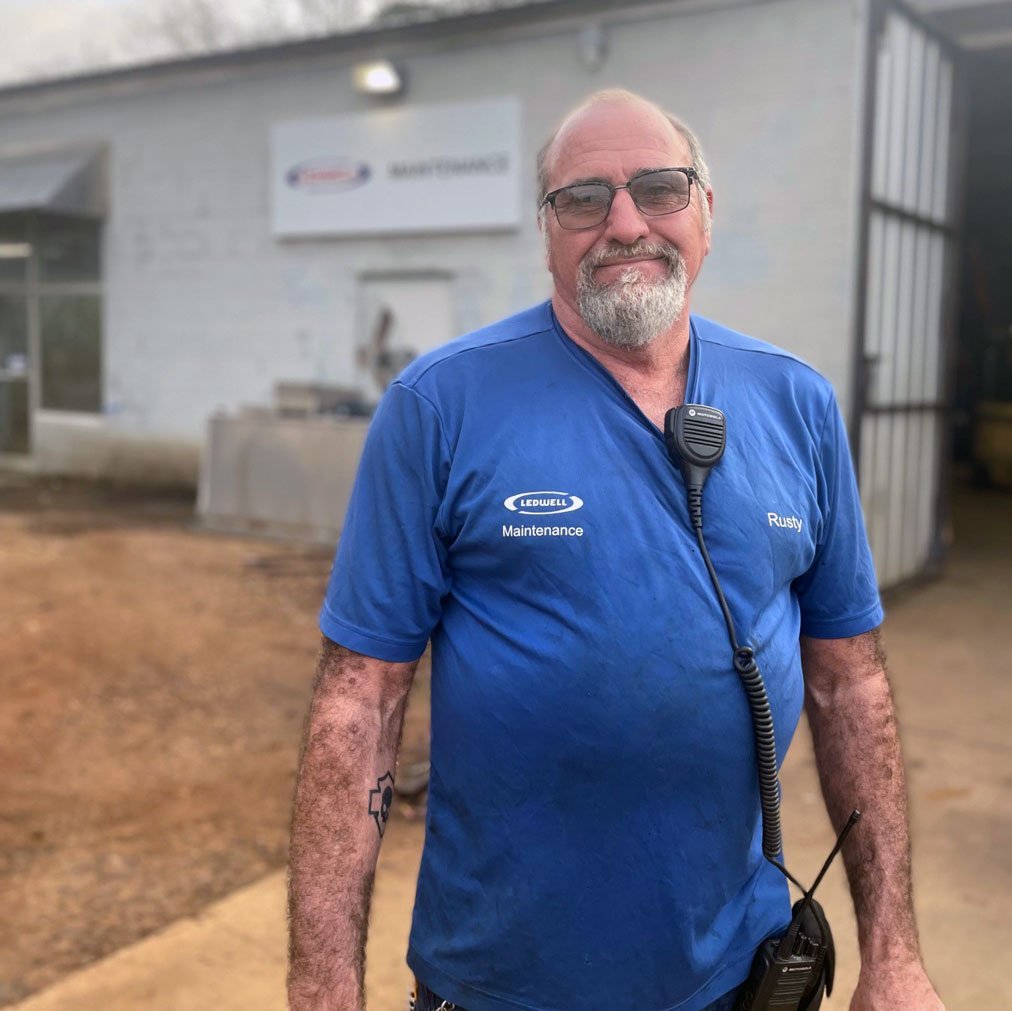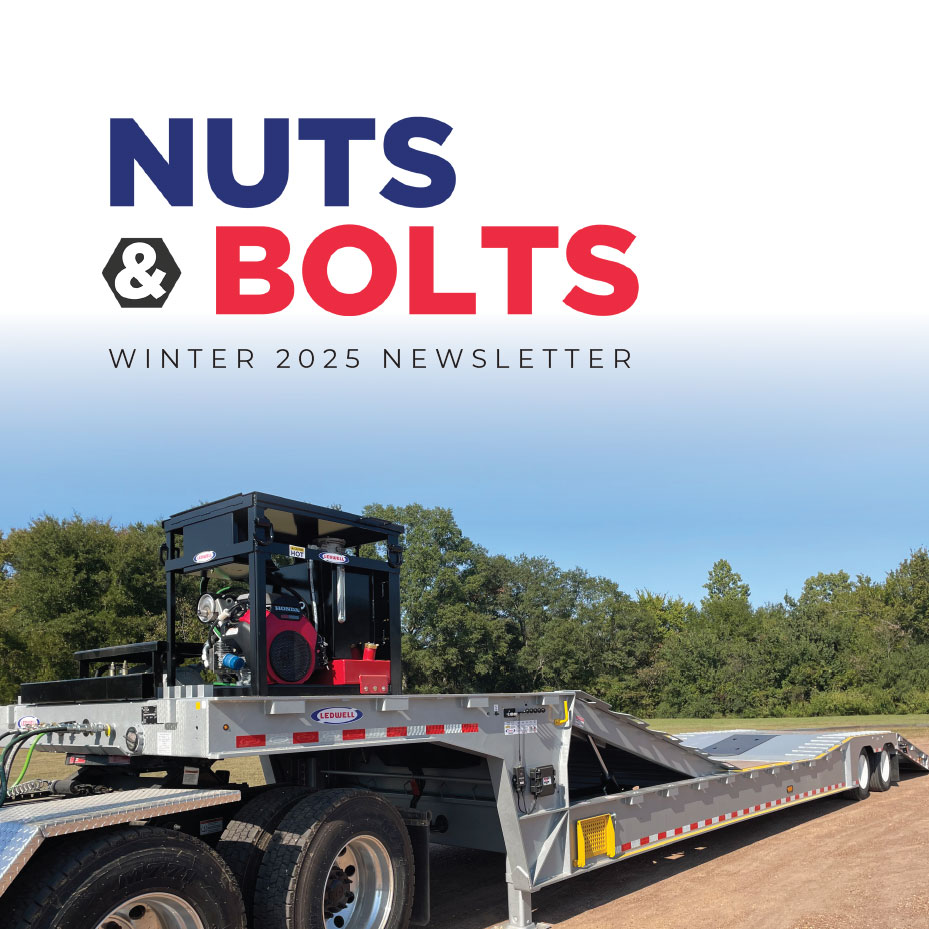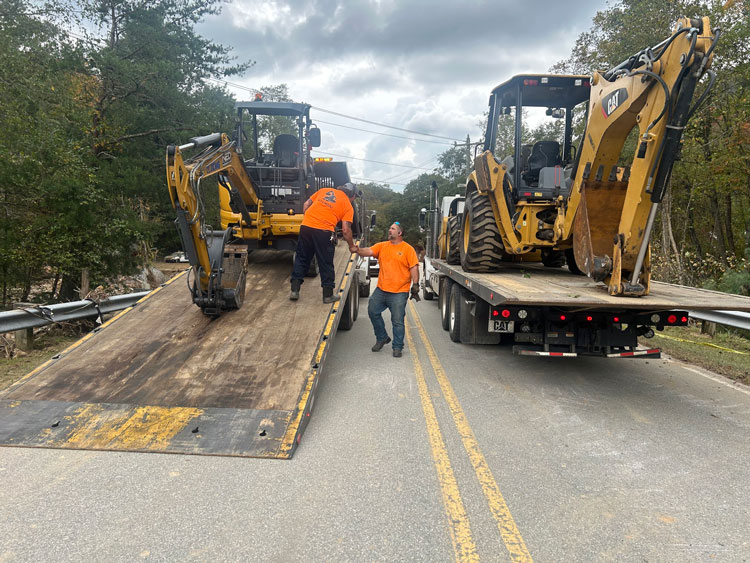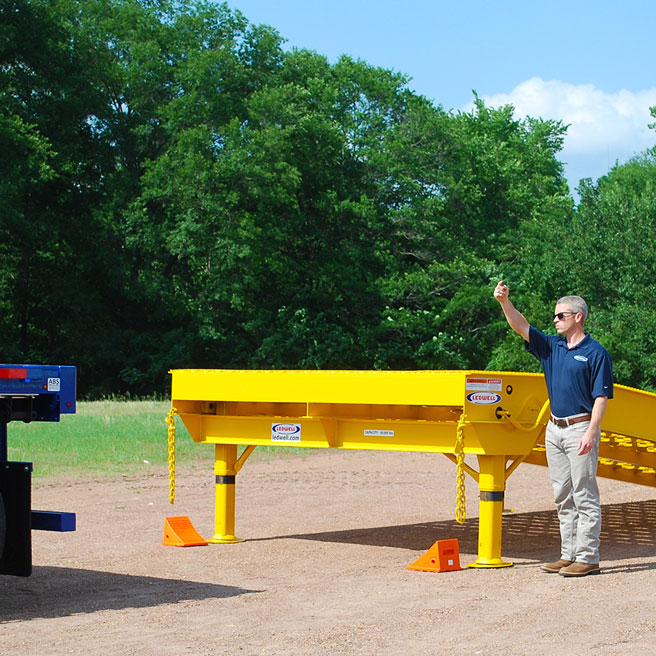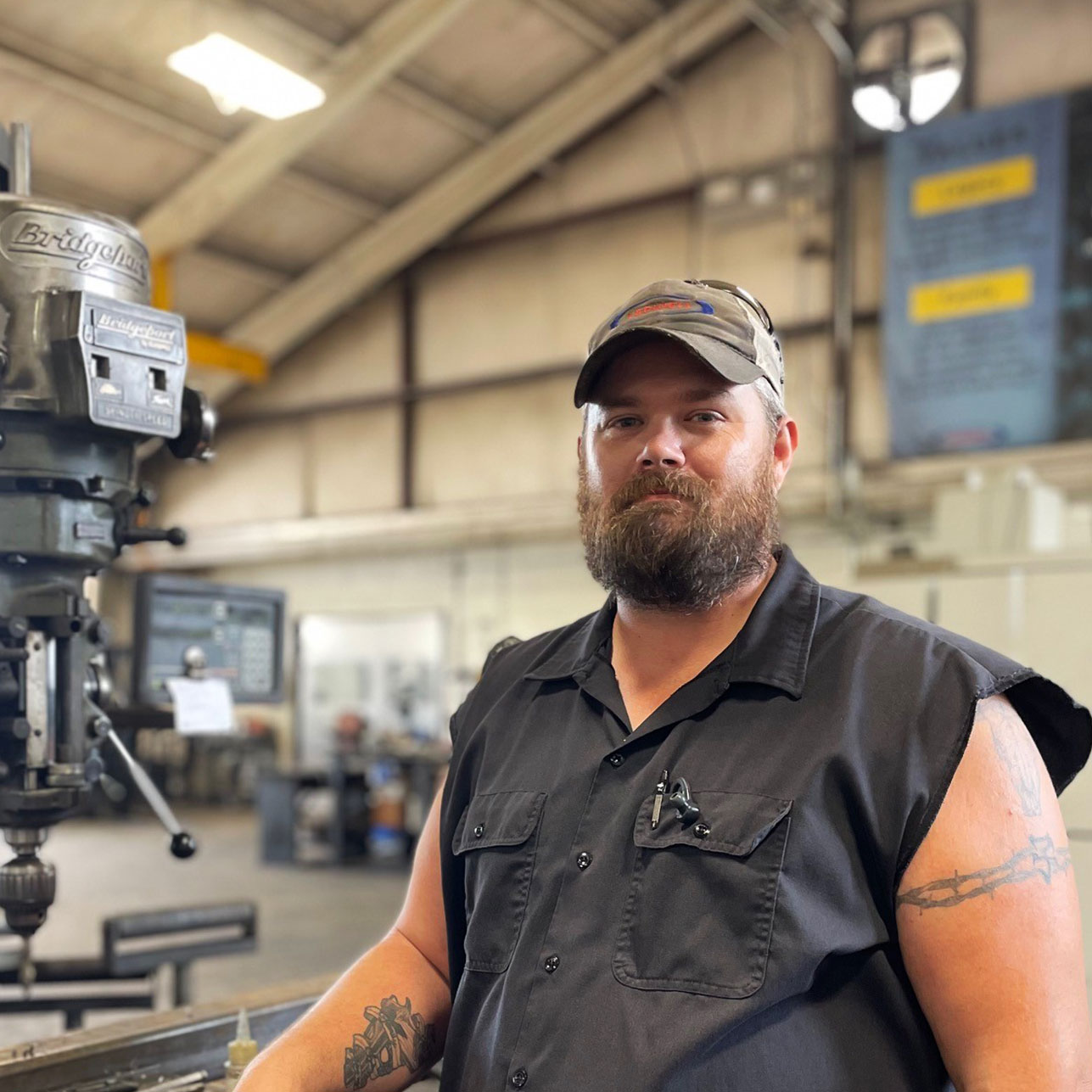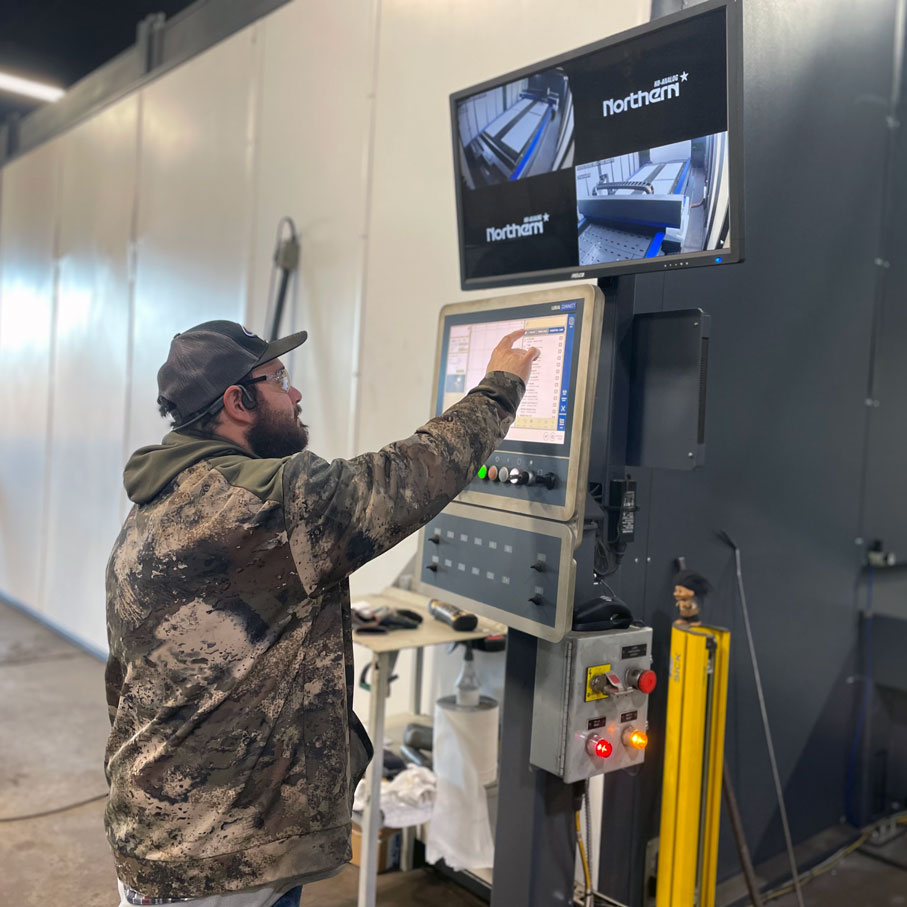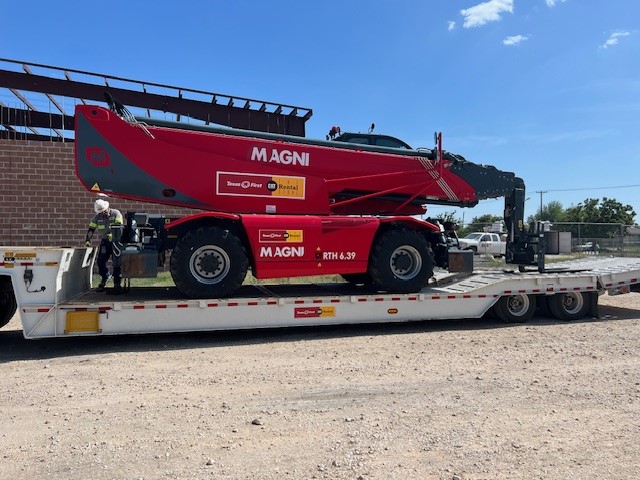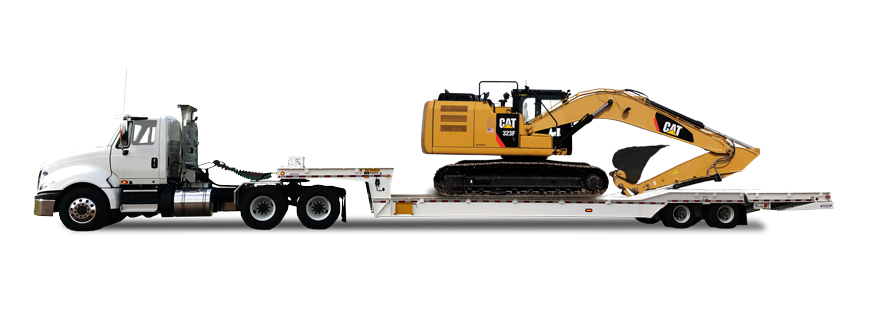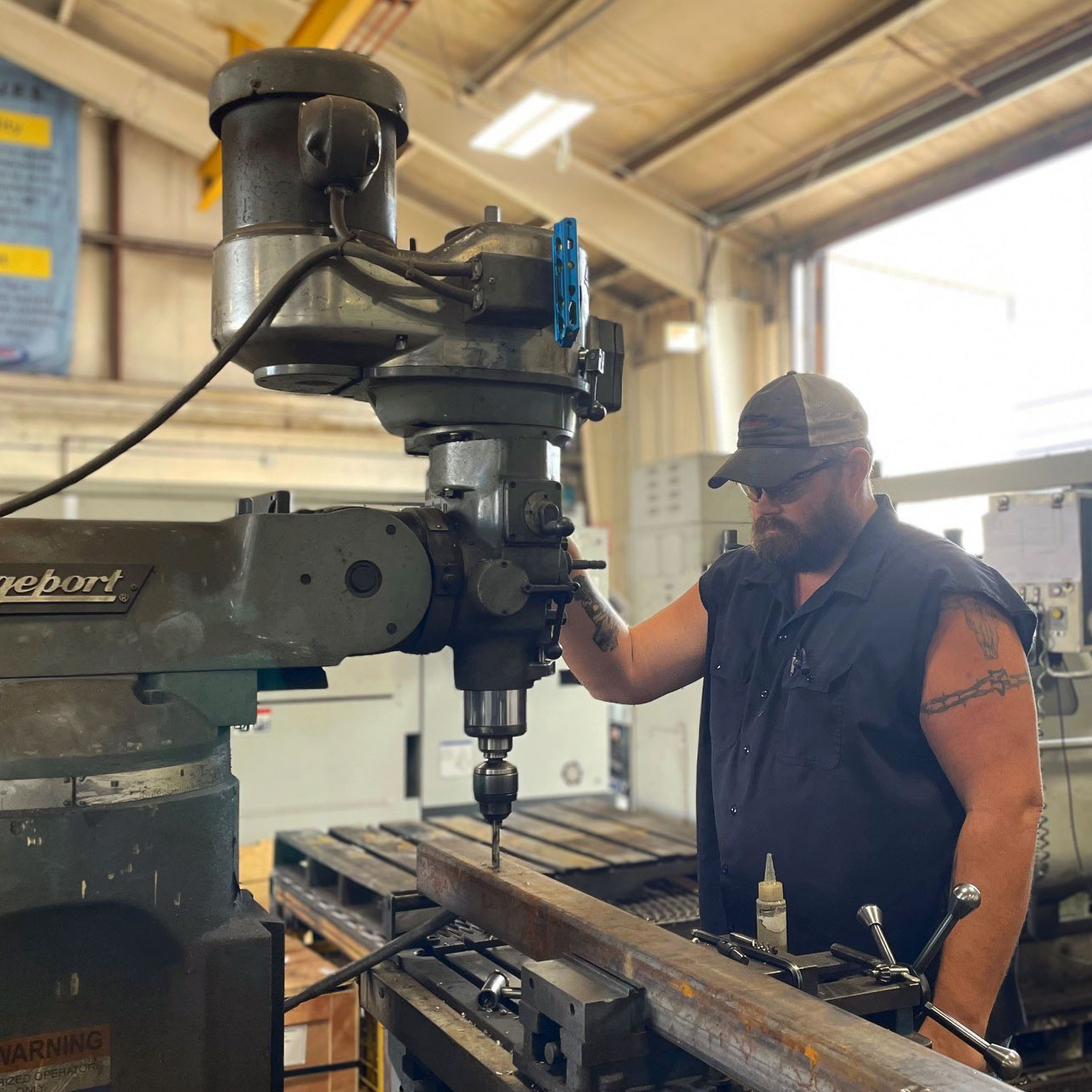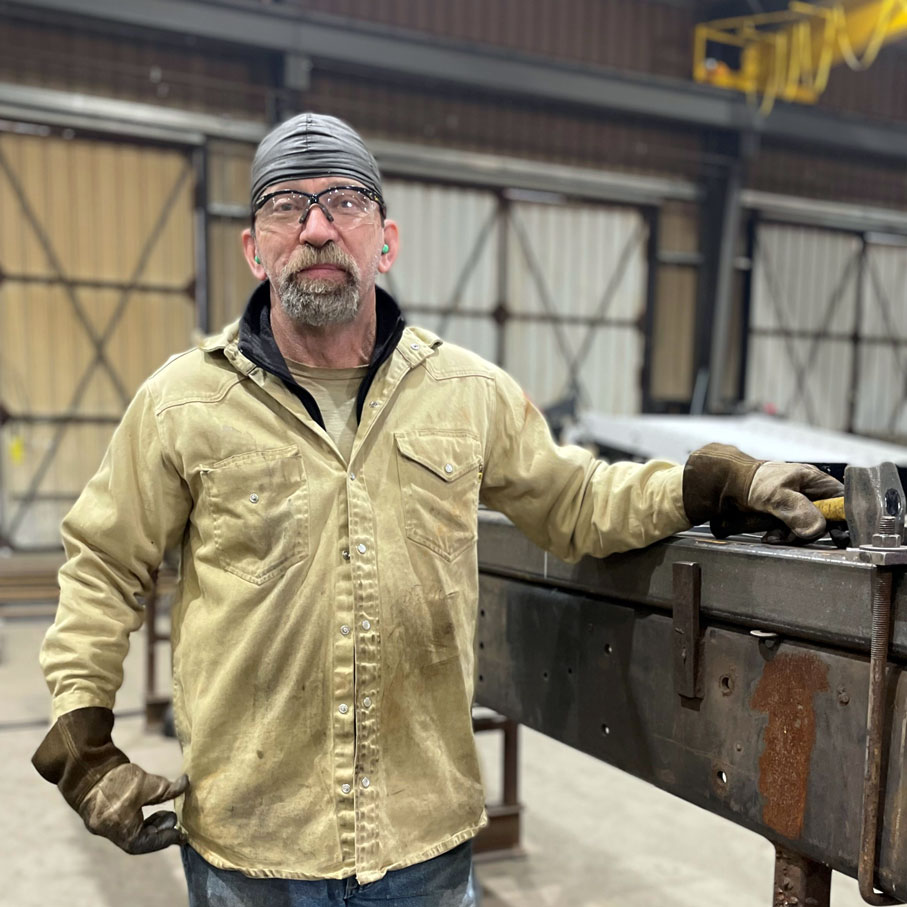
At Ledwell, we take pride in the dedication and craftsmanship of our team members, and Troy McDuff is no exception. Since joining Ledwell in 2010, Troy has been a key player in the Fabrication Shop, taking on new challenges with every project.
He began his career welding hydraulic tanks, but his skill set has grown to include welding subframes for Ledwell Vacuum Trucks over the years.
“It’s nice to have a little variety,” Troy says. “During peak season, I also help assemble different truck components to keep production moving.”
Through his years at Ledwell, Troy has learned that patience is one of the most valuable lessons in the trade. He has worked alongside many people, setting an example of strong work ethic and perseverance for new colleagues. His reliability and grit make him a standout member of the Ledwell family.
“Troy is dependable, hard-working, dedicated to doing the job right, and to doing it as fast as possible,” says Brad Stringer, his foreman.
Outside of work, Troy enjoys spending time with his wife, Deana, and their two children. He enjoys watching his grandchildren play baseball, soaking in America’s favorite pastime. He also gives back to his community by donating plasma and platelets several times a year. “It’s quite a neat process,” he says. “I love to give back and have collected several t-shirts from donating.”
Troy describes himself as reliable, and his actions back that up every day. He embodies Ledwell’s core values, especially grit—working hard and always getting the job done. We are proud to have him on our team.



